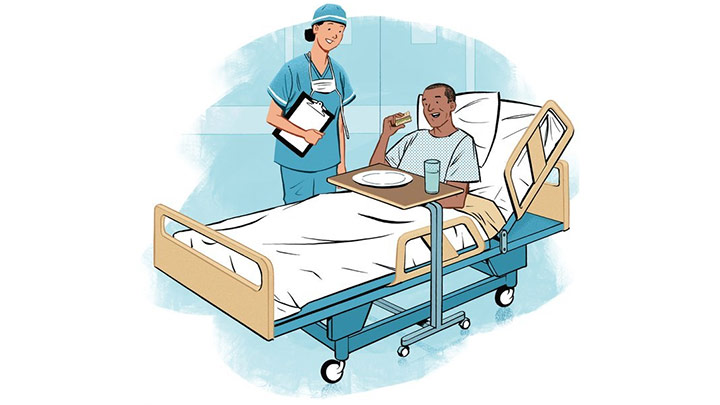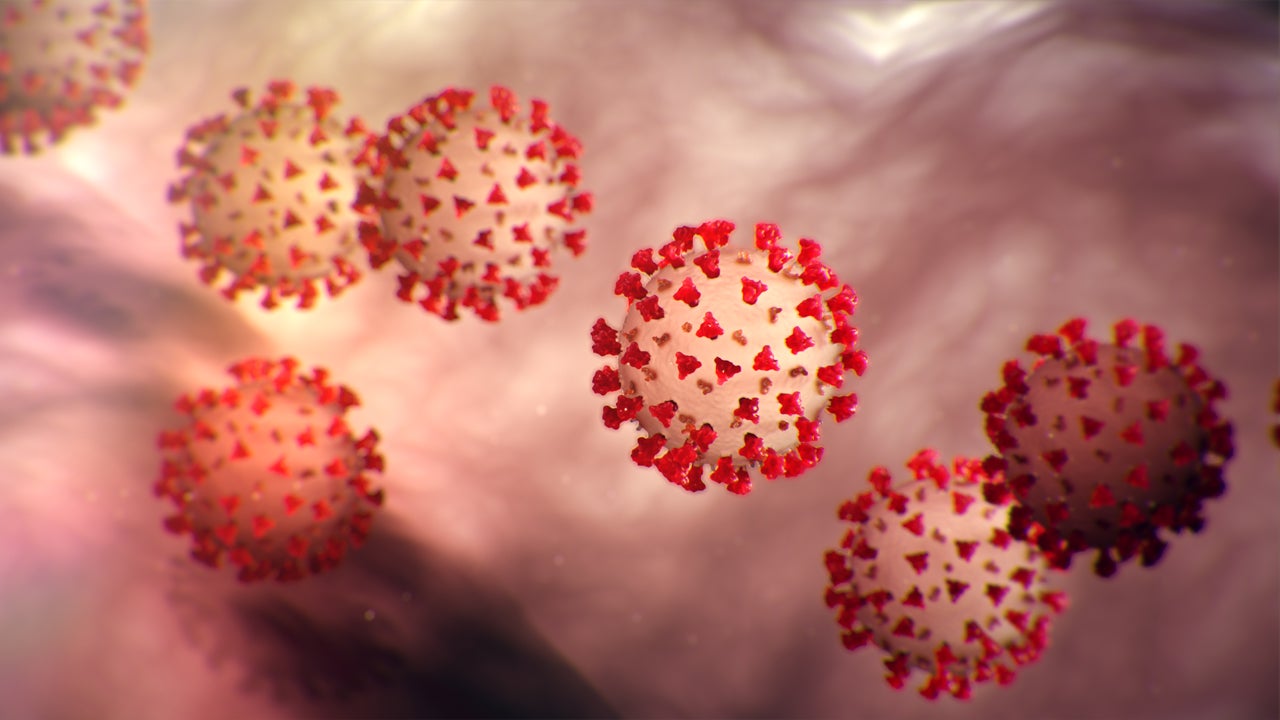The Sociology of Markets.
Neil Fligstein and Luke Dauter.
The Sociology of Markets, as explored by Neil Fligstein and Luke Dauter, delves into the intricate web of social relationships and structures that underlie market dynamics. This theoretical framework offers a profound understanding of how markets operate not merely as economic entities but as social institutions shaped by human interactions, cultural norms, and institutional arrangements.
One key aspect emphasized by Fligstein and Dauter is the concept of "socially embedded markets." They argue that markets are not detached from society but are deeply embedded within social structures. In their seminal work, the sociologists highlight how relationships, trust, and social networks play a pivotal role in shaping market outcomes. This perspective challenges traditional economic theories that often treat markets as purely rational and efficient entities divorced from social context.
Furthermore, Fligstein and Dauter introduce the notion of "strategic action fields" to explain the ongoing struggles and negotiations within markets. According to this concept, various actors, including firms, regulatory bodies, and consumers, engage in strategic actions to advance their interests. The authors argue that understanding these action fields is crucial for understanding market dynamics, as it sheds light on the power relations, alliances, and conflicts that define market structures.
In their analysis, Fligstein and Dauter also highlight the role of institutions in shaping market behavior. Institutions, both formal and informal, provide a set of rules and norms that guide economic interactions. The sociologists argue that institutional arrangements influence not only individual behavior but also the overall functioning of markets. This perspective aligns with the broader field of economic sociology, which seeks to integrate sociological insights into the study of economic phenomena.
The authors pay particular attention to the concept of "market as a social structure." They argue that markets are not only arenas for economic exchange but also social structures that shape and are shaped by societal values, norms, and power dynamics. This approach challenges the traditional economic view that sees markets primarily as mechanisms for allocating resources efficiently. Instead, Fligstein and Dauter advocate for a more holistic understanding that considers the social and cultural dimensions of markets.
Another crucial element of their work is the examination of market dynamics in relation to globalization. The increasing interconnectedness of markets on a global scale has profound implications for social structures and relationships. Fligstein and Dauter explore how globalization influences the power dynamics within markets, shapes the role of nation-states, and contributes to the emergence of transnational markets.
In conclusion, the Sociology of Markets, as articulated by Neil Fligstein and Luke Dauter, offers a comprehensive and nuanced perspective on the interplay between markets and society. Their emphasis on socially embedded markets, strategic action fields, and the role of institutions provides a rich framework for understanding the complexities of contemporary market systems. By integrating sociological insights into the analysis of markets, Fligstein and Dauter contribute significantly to a more holistic and interdisciplinary understanding of economic phenomena.
Here are key points about "The Sociology of Markets" by Neil Fligstein and Luke Dauter in bullet form:
- **Socially Embedded Markets:**
- Markets are not isolated from society but deeply connected to social structures.
- Emphasizes the role of relationships, trust, and social networks in shaping market dynamics.
- **Strategic Action Fields:**
- Describes ongoing struggles and negotiations among various market actors.
- Focuses on how actors, including firms and regulatory bodies, engage in strategic actions to advance their interests.
- **Institutional Influence:**
- Institutions, both formal and informal, play a crucial role in shaping market behavior.
- Rules and norms provided by institutions guide economic interactions at both individual and market levels.
- **Market as a Social Structure:**
- Views markets not only as economic arenas but also as social structures.
- Acknowledges that markets shape and are shaped by societal values, norms, and power dynamics.
- **Globalization Impact:**
- Examines how globalization influences market dynamics.
- Considers the interconnectedness of global markets and its implications for power dynamics and the role of nation-states.
- **Holistic Understanding:**
- Advocates for a more comprehensive and interdisciplinary approach to studying markets.
- Challenges traditional economic perspectives by integrating sociological insights.
- **Power Dynamics:**
- Highlights the power relations, alliances, and conflicts within Mark etc.
- Recognizes that understanding these dynamics is essential for understanding market structures.
- **Transnational Markets:**
- Explores the emergence and impact of transnational markets in the context of globalization.
- Considers how global interconnectedness influences the behavior of market actors.
- **Cultural Dimensions:**
- Acknowledges the influence of culture on market behavior.
- Argues that cultural factors are integral to understanding the complexities of market systems.
- **Economic Sociology Alignment:**
- Aligns with the broader field of economic sociology.
- Integrates sociological perspectives into the study of economic phenomena.
These points provide a concise overview of the key concepts and contributions of Fligstein and Dauter's work on the Sociology of Markets.
Here are some important points about "The Sociology of Markets" by Neil Fligstein and Luke Dauter:
- The sociology of markets is a field of study that examines the social, cultural, and economic factors that influence the behavior of individuals and groups within markets.
- Markets are not inherent, but rather are socially constructed, meaning they are shaped by the interactions of individuals and groups within a society.
- Cultural factors play a significant role in shaping market behavior, as they influence how individuals perceive value, make decisions, and interact with others within the market.
- Social structures, such as institutions, organizations, and networks, influence the operation of markets by providing the context within which market participants interact and transact.
- Power dynamics between market participants can impact market outcomes and the distribution of resources.
- The increasing interconnectedness of global markets has led to the emergence of new market dynamics, such as the growth of multinational corporations, the rise of emerging markets, and the intensification of competition.
- Technological advancements have transformed the way markets operate, from the advent of the internet and e-commerce to the development of new technologies that enable real-time trading and information sharing.
- The sociology of markets has been one of the most vibrant fields in sociology in the past 25 years.
- The major ideas in the sociology of markets include the social construction of markets, cultural factors, social structures, power dynamics, globalization, and technological advancements.
- The sociology of markets has made significant progress in exploring context as the 'origins, operations, and dynamics of markets as social structures'.
- The “micro-constructionist” perspective on market creation suggests that markets function when producers and consumers establish a stable social organization with roles and niches.
- For any market to function, supply must be brought into contact with demand in "social spaces where repeated exchanges occur".
- The sociology of markets is a multidisciplinary field that seeks to understand the complex interactions between human behavior, social structures, and market forces.


.jpeg)





